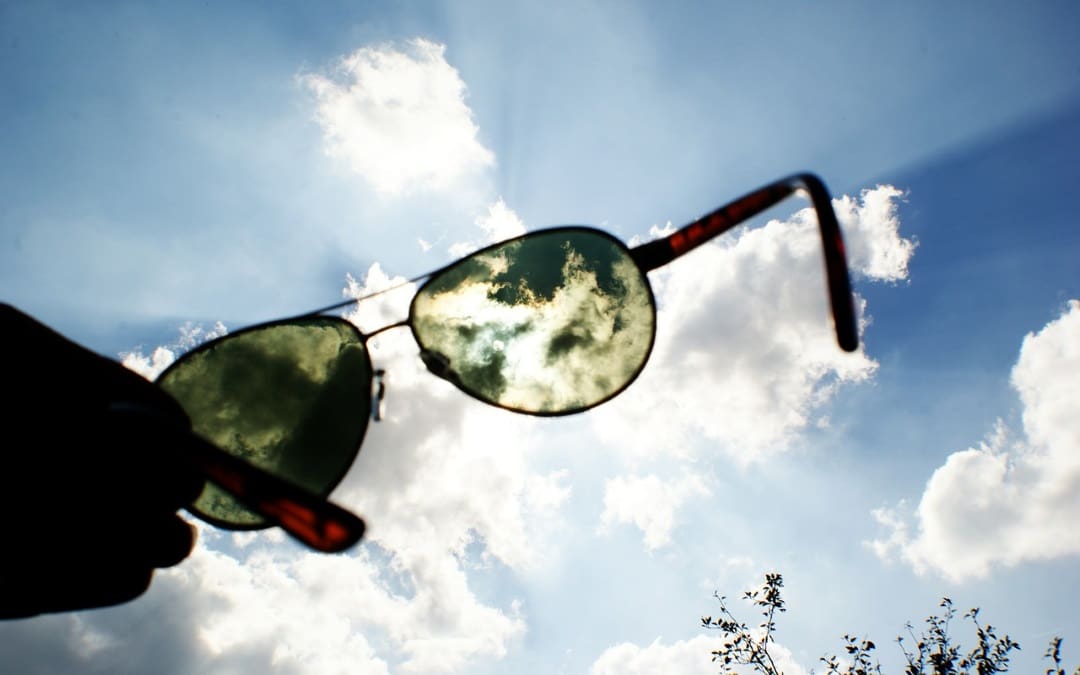Natural light spreads in all directions but when reflected by flat surfaces (such as asphalt, snow, water, sand or grass), it tends to polarize, which means it travels in a more even (usually horizontal) direction. This effect creates an annoying and sometimes dangerous reflected light that causes glare, color distortion, fatigue and eye irritation and reduces visibility.
The benefits of polarization
Polarized lenses contain a special filter that blocks this type of intense reflected light allowing:
- better visual comfort
- greater visual clarity and sharper contrasts
- reduced eye strain
- perception of real colors
- reduced reverberation and elimination of glare
- total UV protection
These aspects are especially useful when driving or practicing a sport in the open air where the vision can be disturbed by the reflection of light (sailing, surfing, skiing, etc.). Polarized lenses come in different colors, depending on the material with which the lenses are made. The most common are gray and brown but also green and yellow are popular. In general, darker colors provide higher levels of polarization.
Possible disadvantages
In principle, polarization is the best choice for people who are more sensitive to light and annoyed by reverberation. However, in some cases polarized lenses:
- can cause dizziness or disorientation (due to the way the receptor photo cells of these subjects pick up vertical light signals)
- can interfere with the visibility of data on liquid crystal displays so it is not recommended in occupations that require this activity

